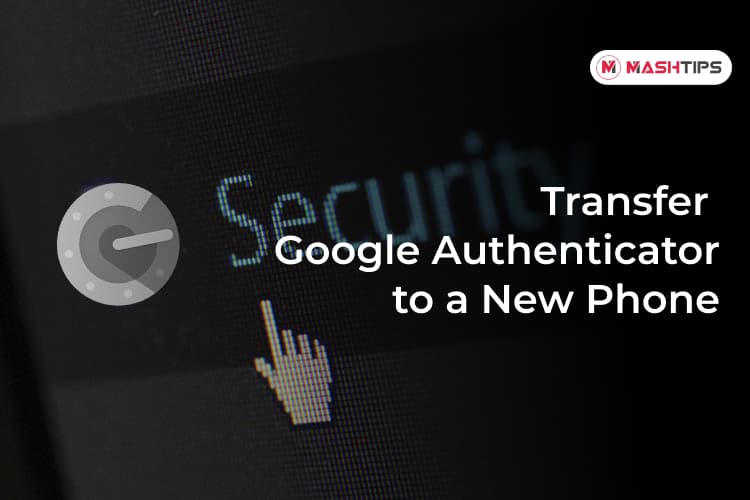
Let us know what you think in the comments below.

Test this feature out and let us know what you think! We always love to hear your feedback and suggestions. Enter an Account name (for example, Facebook) and type the Secret key from Step 1, and then select Finish. If you have additional questions, check out our Microsoft Authenticator docs. Open the Authenticator app, select Add account from the Customize and control icon in the upper-right, select Other account (Google, Facebook, etc.), and then select OR ENTER CODE MANUALLY. You also can re-enable push notifications for your personal and work or school Microsoft accounts. To recover your account credentials on a new device, tap the Begin Recovery button and sign in using the same personal Microsoft account as your previous device.Īfter you sign in, your OATH verification codes for your third-party accounts and personal Microsoft accounts are available. Your account credentials stay updated when you add, delete, or edit your accounts. Once you turn cloud backup on, your data is encrypted and stored with your personal Microsoft account. Under Backup, set the Cloud backup toggle to On. To turn on the Microsoft Authenticator cloud backup, open the app and go to Settings. Once you update your app, you can test the new feature out. Over the last few weeks, we’ve been rolling out the feature and it’s now 100% available for version 6.6.0+. If you don’t have the Microsoft Authenticator app yet, see Use Microsoft Authenticator with Office 365 for information on how to download and set up the app.

This means Android users can now back up their account credentials to the cloud, and then easily and securely transfer them to a new device when needed. I’m excited to announce that cloud backup and recovery for the Microsoft Authenticator app on Android is now available.


 0 kommentar(er)
0 kommentar(er)
